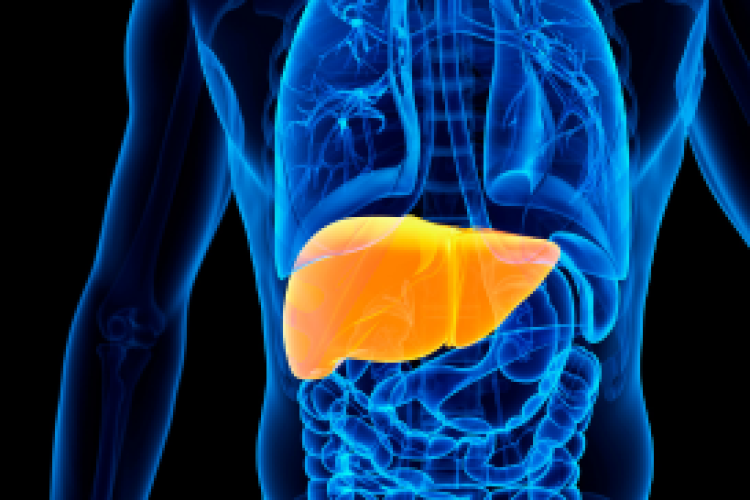Two of the most common types of wounds that require close attention by a wound care specialist are venous ulcers and diabetic foot ulcers. With proper treatment, most of these wounds often heal in several weeks, according to Giacomo Vinces, DO, Medical Director of The Wound Care Center at Montefiore Nyack Hospital.
Venous Ulcers
Venous ulcers, or open sores, can develop when the veins in the lower legs do not push blood back up to the heart as well as they should. This condition, called venous insufficiency, occurs when the one-way valves involved in helping the blood flow up toward the heart aren’t functioning well. The blood backs up in the lower leg veins, leading to increased pressure in the veins. If it is not treated, the increased pressure and excess fluid in the affected area can prevent nutrients and oxygen from getting to tissues. This leads to damaged tissue and formation of an open sore. Most venous ulcers occur on the lower leg around the ankles, the calves or the shin.
Risk factors for chronic venous insufficiency include:
- A family history of venous insufficiency
- Pregnancy
- Being overweight
- A serious injury to the leg, such as a fracture, burn or muscle damage
- Smoking
- History of blood clots in the lower leg
- Long periods of sitting or standing, usually for work
Symptoms of venous insufficiency include swelling, leg cramps, heaviness in the legs, itchy skin on the lower leg, darkening of the skin around the affected area, and varicose veins.
To treat a venous ulcer, the doctor will cover the wound with a specialized dressing. The leg will be covered with a compression stocking to decrease swelling. If the wound does not show signs of infection, the person may be able to wear the dressing and stocking for up to a week at a time before it must be changed. The dressing is either changed in the clinic, or a visiting nurse may be able to come to the home.
Signs of infection include:
- Fever
- Chills
- Redness
- Warmth around the wound
- Increased discharge
- Increased odor
If you have any of these signs, contact your doctor.
“The healing time for a chronic wound will vary depending on the location and type of wound, but generally takes from a few weeks to several months,” Dr. Vinces said.
Once a venous wound has healed, a person can prevent another one from forming by continuing to wear the compression stockings. “A person who stands or sits for long periods should also take a break every 45 minutes to an hour to exercise the muscles in the lower leg,” he said.
Diabetic Foot Ulcers
If a person’s diabetes is not well controlled, they may be at increased risk of developing a wound at the bottom of their foot. Treatment includes placing a dressing on the wound which stays in place for a few days at a time and wearing a specialized shoe or boot that takes pressure off the wound.
As with venous ulcers, diabetic foot ulcers generally take several weeks to months to heal. Once the wound heals, a person usually does not need to continue wearing the specialized boot or shoe. “But they do need to check their feet regularly and have a foot exam by their doctor at least once a year to make sure an ulcer is not developing,” Dr. Vinces said.
“We look forward to working closely with a person’s endocrinologist and primary care physician to develop a personalized treatment plan and get these ulcers healed,” he said. “Most patients continue to be at risk of developing another foot ulcer even if their blood sugar is well controlled. These patients have long-term nerve damage in their feet from diabetes, which prevents them from feeling pain if they do develop an ulcer. That’s why it’s so important to continue to have the feet checked.”
Many people who develop any of these types of wounds have poor nutrition, Dr. Vinces said. “They require a greater than normal intake of protein to accelerate wound healing,” he said. To get a sufficient amount, he recommends his patients use powder or liquid protein.



 Upcoming Events
Upcoming Events



